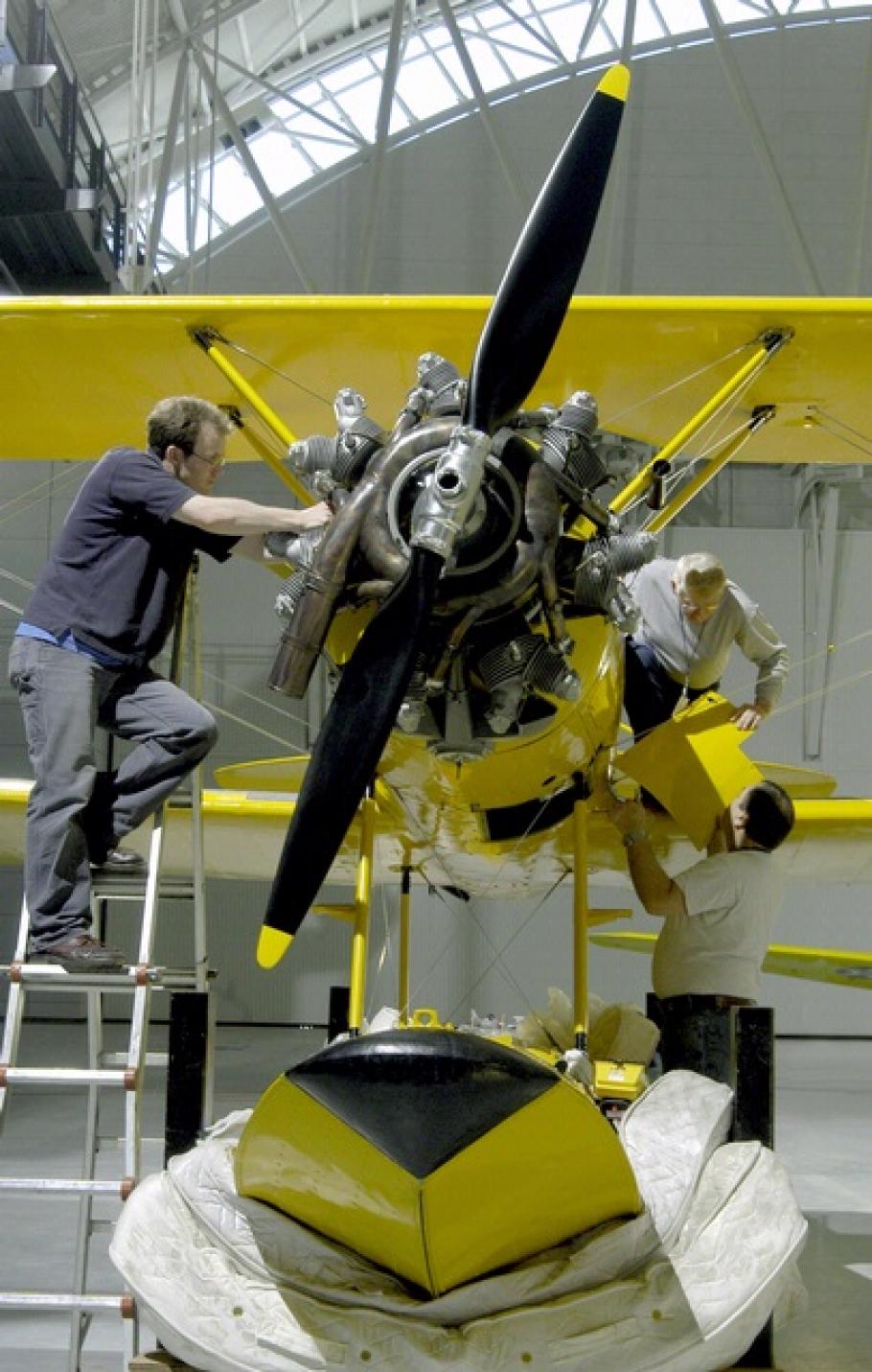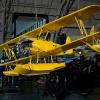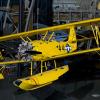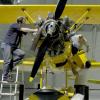In 1934 the Naval Aircraft Factory in Philadelphia was tasked to manufacture a new primary trainer for the U.S. Navy. Following successful tests, this little biplane trainer was built in both land and seaplane versions. The Navy initially ordered 179 N3N-1 models, and the factory began producing more than 800 N3N-3 models in 1938. U.S. Navy primary flight training schools used N3Ns extensively throughout World War II. A few of the seaplane version were retained for primary training at the U.S. Naval Academy. In 1961 they became the last biplanes retired from U.S. military service.
This N3N-3 was transferred from Cherry Point to Annapolis in 1946, where it served as a seaplane trainer. It was restored and displayed at the Naval Academy Museum before being transferred here.
Display Status
This object is on display in Boeing Aviation Hangar at the Steven F. Udvar-Hazy Center in Chantilly, VA.
Object Details
Date
1941
Country of Origin
United States of America
Type
CRAFT-Aircraft
Manufacturer
Naval Aircraft Factory
Physical Description
Bright yellow bi-plane, hand crank start. Cockpit instrumentation consists of an altimeter, tachometer, airspeed indicator, compass, turn and bank indicator, and a combination fuel and oil temperature and pressure gauge, floats.
Dimensions
Overall: 10ft 9 15/16in. x 25ft 7 1/16in. x 34ft 1 7/16in., 2090lb. (330 x 780 x 1040cm, 948kg)
Materials
bolted steel-tube fuselage construction with removable side panels
wings, also constructed internally of all metal, covered with fabric like the fuselage and tail.
Inventory Number
A19610111000
Credit Line
Transferred from the United States Navy
Data Source
National Air and Space Museum
Restrictions & Rights
Open Access (CCO)
For more information, visit the Smithsonians Terms of Use.





